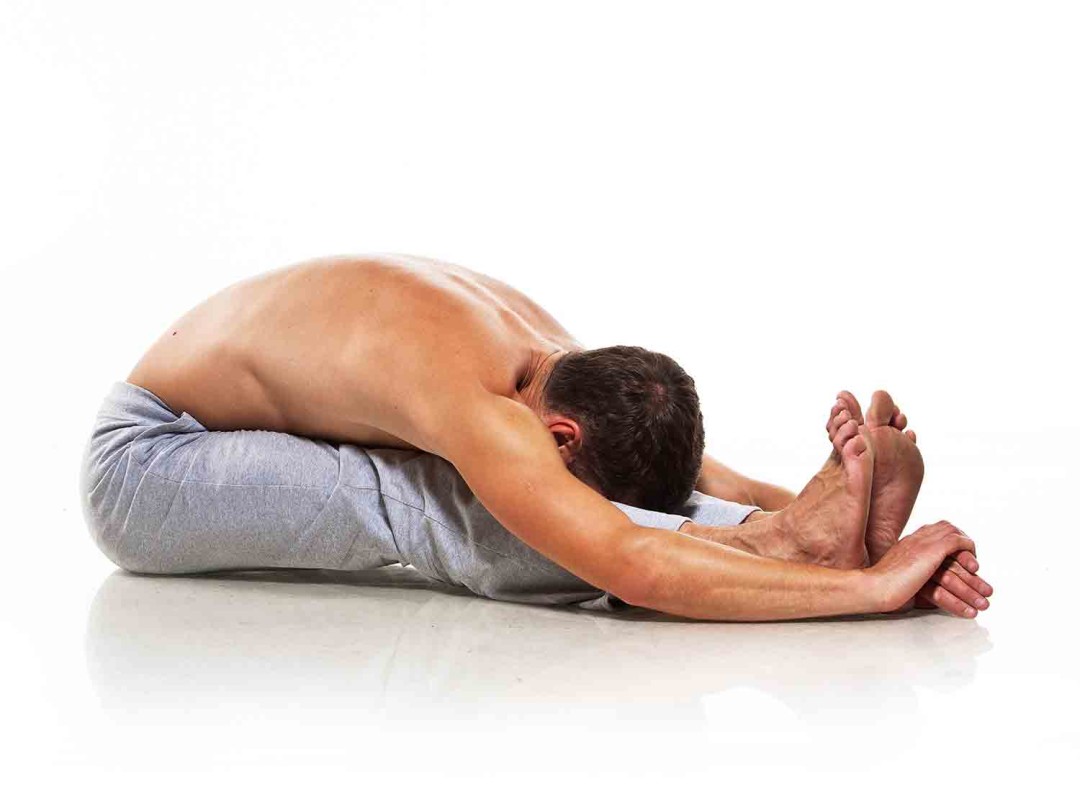Yoga Basics: Ashtanga Vinyasa Yoga
Yogi. A form of being that has become almost synonymous with authenticism — being your true self. One must be mentally, emotionally, spiritually and physically present in a state that combines balance, peace and harmony.
The Background
In Sanskrit, Ashtanga means, “eight-limbed” with a combination of vinyasa, which translates to “free-flowing movements and breathing.” Originally introduced by the sage Vamana Rishi in the Yoga Korunta and Patanjali in the Yoga Sutra, this ancient form of yoga was passed down to Sri T. Krishnamacharya, who started teaching Sri K. Pattabhi Jois in the 1920s. Through years of learning, Pattabhi Jois opened the Ashtanga Yoga Research Institute in Mysore, India. Since its popularization in the 1940s, Ashtanga yoga or Ashtanga vinyasa yoga has become and continues to be widely adopted in the western world.
The Foundation
The inseparability of asanas (postures), rechaka and puraka (breathing system) and drishti (looking place) builds the foundation of any yoga practice. To create and sustain a strong learning basis, one must master this tristhana (the three places of attention or action). In complement to the tristhana, Ashtanga yoga also utilizes bandhas, muscle contractions that are essential to the breathing technique. Using these components, Ashtanga yoga is based on a sequential six series of asanas that create a harmonious flow between the body, breath and mind, ultimately leading to Samadhi, a state of meditation leading to divine consciousness or self-awareness.
Vinyasa, where there is one breath for each movement, brings a dynamic flow to the Ashtanga practice. While Ashtanga yoga requires the student to patiently adjust and align their body by repeating the same poses, vinyasa brings movement and internal cleansing through the power of rechaka (exhalation) and puraka (inhalation). This breathing method, known as ujjayi, is incorporated in every practice and is an important aspect of reaching Pranayama, a way of reducing impurities in the body by igniting Agni, the fire of life. Hence, in Pranayama, a new student or even a well-versed yogi becomes his or her own master.
Read the full article @ yogatime.tv



Comments
Post a Comment